Is there any more satisfying and healthier than preserving the garden’s harvest or raising your meat? I truly cannot think of anything that tops this. Those who do not live this life often find awe in those who do.
My husband and I did not come from a homesteading or farming background. Only after 10 years, we are at a point where 80 of the foods we consume comes from our small family farm. We raise all of our meat:
- Chicken, duck, and turkey
- Rabbits
- Pork
- Lamb and beef
- Fresh milk from our Jersey milk cows
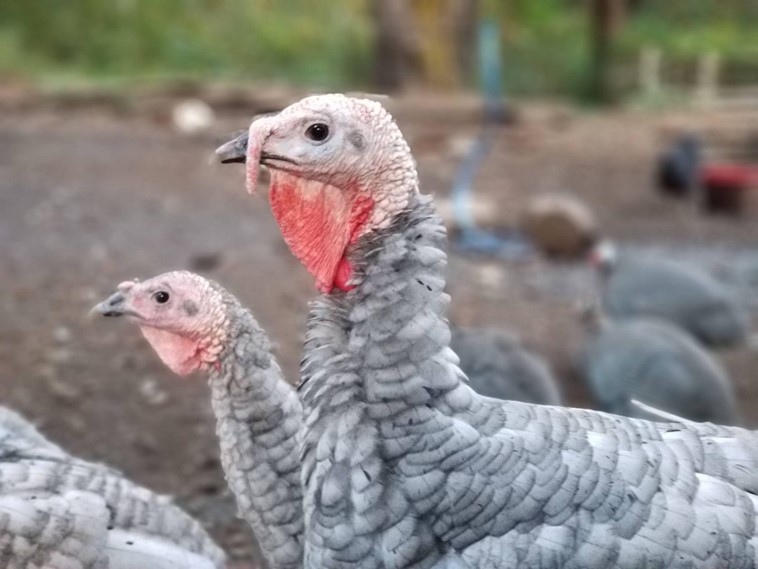 Our no-till garden space is a little under 7,000 square feet, allowing us to grow intentional foods that we preserve through canning, dehydrating, freeze drying, cold storage, and freezing. By Fall, the larder and freezers are full, and I know that everything we consume is through the labor of our hard work. To say that we value every bite is an understatement. This traditional life we seek to live has allowed us to create less waste and minimize our footprints left behind.
Our no-till garden space is a little under 7,000 square feet, allowing us to grow intentional foods that we preserve through canning, dehydrating, freeze drying, cold storage, and freezing. By Fall, the larder and freezers are full, and I know that everything we consume is through the labor of our hard work. To say that we value every bite is an understatement. This traditional life we seek to live has allowed us to create less waste and minimize our footprints left behind.
However, preparations must be made before we reap what we’ve sown.
One day I’ll save enough to purchase a dual-purpose pressure canner, a piece I can hand down to my children, but until that day arrives, my dial gauge pressure canner will need to be calibrated, and the seal under the lid will need to be replaced. 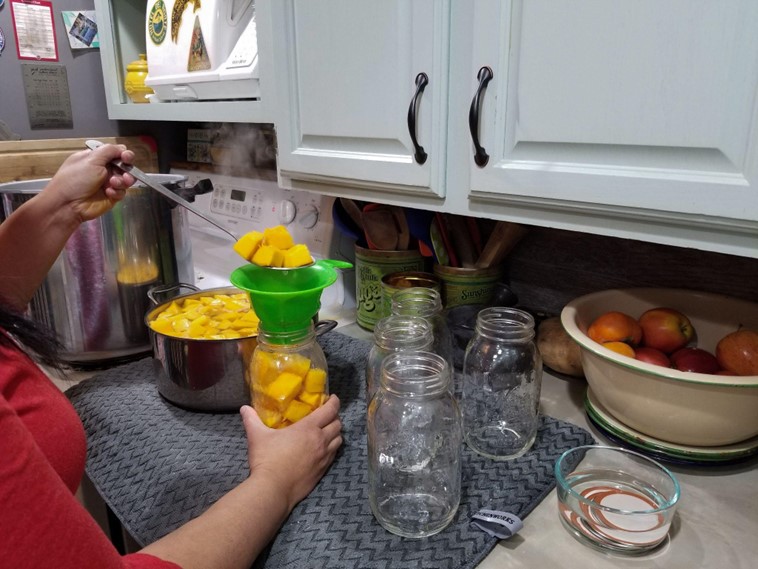
As I’ve always done, the herbs will be hung in the kitchen and air-dried, but the fruit and fruit leather to come will need to be dried in the dehydrator. I’m often asked which dehydrator I prefer and trust me when I say I’ve tried them all. But years of experience have proven that a rear mounting fan will dry your foods more evenly, preventing you from overdrying your goods. Not to mention, a rear mounting fan cuts down the time the dehydrator runs, and there’s no need to rotate trays to ensure your goods are dried.
The cold storage space has been cleaned out, and the bins where our root crops will go eagerly await filling. As cautiously as I am to store our winter squash, fruit, and root vegetables, my husband checks the generators to ensure they run correctly. Nothing is worse than losing the meat in the freezer during a long-term power outage.
I’m often asked what preserving books I have on hand to help me through the season, and many sit in my kitchen library. However, it is my book, The Farm Girl’s Guide to Preserving the Harvest, that, after 3 years, I reference the most. This book has graced many farmhouses and suburban kitchens over the years, and I am so thankful it has helped these individuals preserve the harvest regardless of where they reside.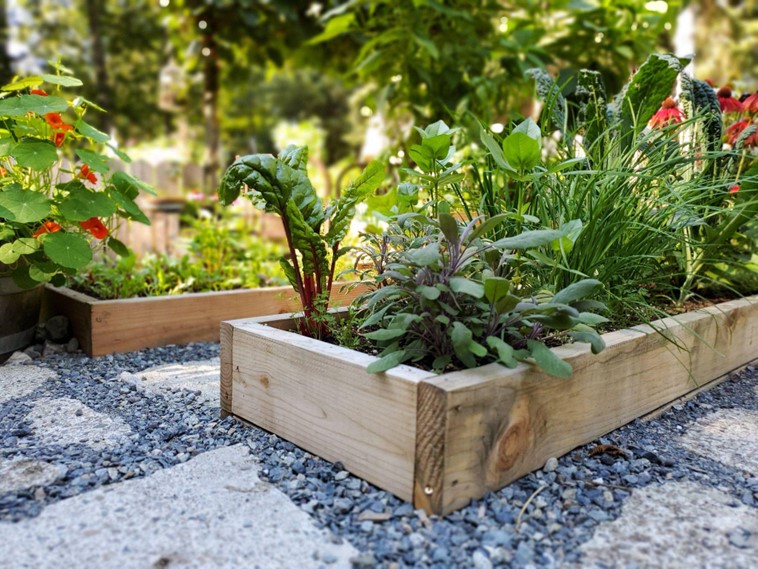
Though the labor of our work is rewarded in the garden and on pasture, the byproducts we create with our raw milk have me smiling from ear to ear. The farmer’s cheese, mozzarella, curds, yogurt, buttermilk, ricotta, cottage cheese, and cream cheese elevates the real milk experience. As the garden season begins winding down, for the first time, I will try my hand at making hard cheeses. The list of needs for this project is long, but it’s always best to be prepared before diving into a new task. The animal remnant, muslin cheesecloth, and stainless steel cheese press are all items to be ordered.
Is it asking too much for the preserving season to end so I might begin my new adventure?
It has taken us 10 years to reach this point of living. To grow foods containing no chemicals, preserve food with ingredients we will consume, and shop in our grocery store to create healthy meals. I’ll ask again, can there be anything more satisfying than this?


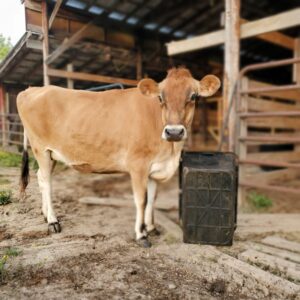
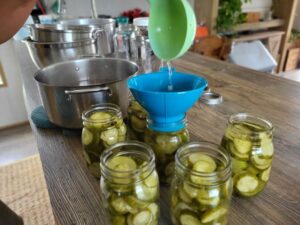




























awesome!! I am in year 3 of learning to can food; preserve long term storage of food and now starting to dabble in a dehydrator and learn about medicinal herbs. I think it’s fascinating! I’m a little Prairie girl, in a city. It takes time and effort, and I am in the City, but I do what I can. I love learning and being more sustainable. Congratulations on your hard work!! What a joy after a hard day of work to get some really good sleep!! ????????
I really enjoyed, plus envied your article…I did some of the easy work when I was young and still at home even before becoming a teenager. Later in my life I realized what I had missed when my Mothers life was taken at 38 years of age…and could no longer depend on her to teach me thus ending the learning. I can’t put the blame on my Mother as it was the cancer.. I did gain some canning skills about using the canner and then directions from the book that went with it. It is a good feeling each year knowing that I am doing what my Mother would be proud of many years ago..I remember helping her make BlackBerry jelly, helping with canning tomatoes and also green beans!